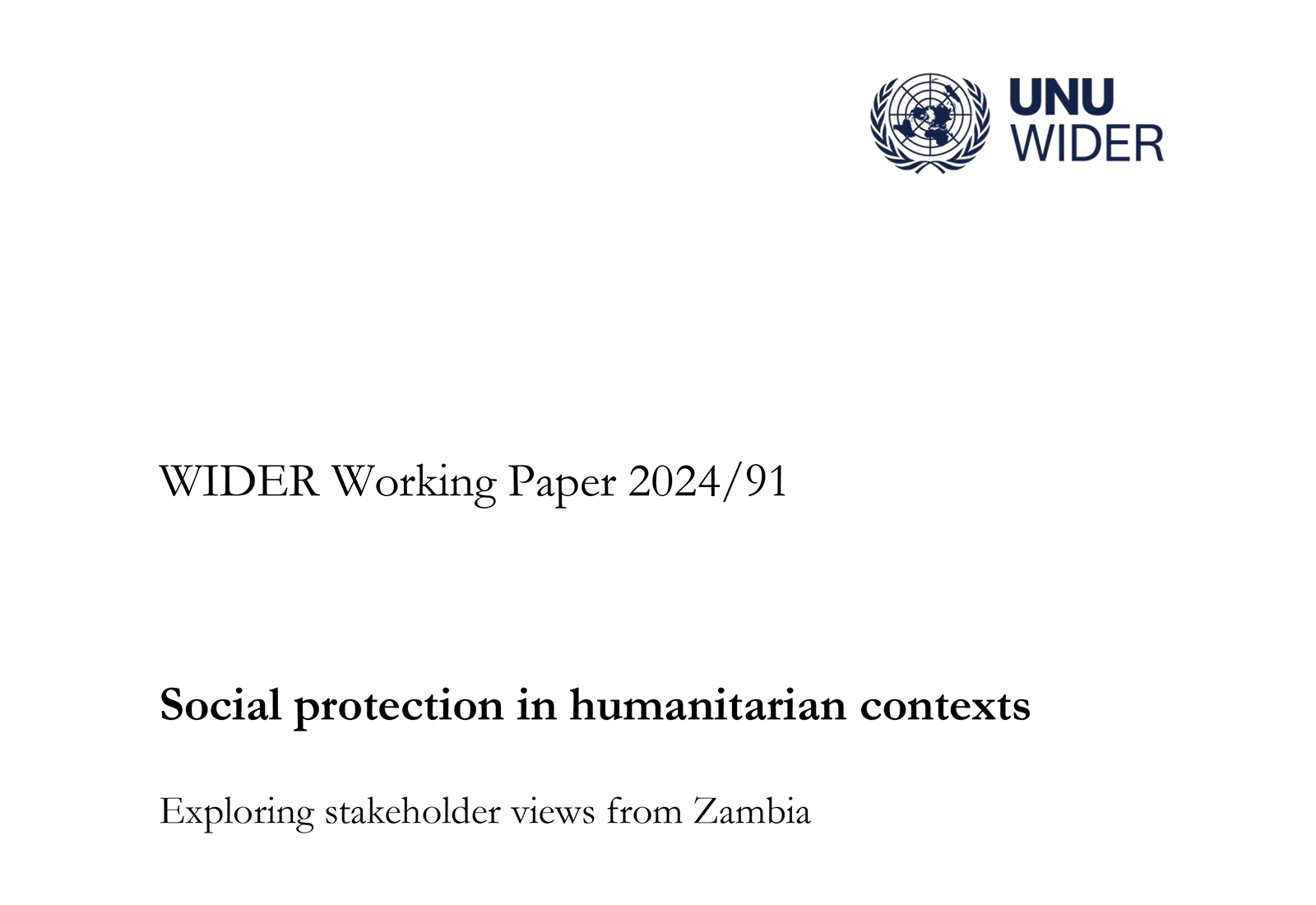Characteristics and labour market performance of the new member state immigrants in Finland, Germany, the Netherlands and the United Kingdom after the enlargement of 2004
Abstract
There is little previous comparative research on how new EU member state immigrants (NMS12) and their labour market performance differ across the old member states. This paper extends the earlier literature by investigating NMS12 immigrants’ composition and labour market performance in Finland, Germany, the Netherlands, and the United Kingdom, which are characterized by considerable differences in their labour market institutions. These institutional structures might also influence the labour market outcomes of NMS122 immigrants and these countries’ abilities to absorb immigrants. As measures of labour market performance we use labour force participation, employment, type of employment, and occupational attainment. We use pooled cross-sectional data from the European Union Labour Force Survey from the years 2004–2009 in the analyses.
We find that NMS12 immigrants have, on average, a lower probability of employment than similar natives in all other countries except for the UK. As expected with the time spent in the host country, the employment gap between NMS12 immigrants and natives narrows in Finland, Germany and the Netherlands. NMS12 immigrants seem not only to suffer from lower employment (except in the UK), but the disadvantage NMS12 immigrants have in the labour market also shows itself in the type of employment and occupations they hold. NMS12 immigrants work more often as self-employed (except in Finland) and in temporary jobs which are often combined with poorer job quality than regular jobs. In addition, NMS12 immigrants’ likelihood of working in elementary occupations is higher in all four countries. Nonetheless, we also detect interesting differences among the countries in how much the NMS12 immigrants’ labour market position deviates from that of similar natives with regard to the type of employment and occupational attainment which can partly be explained by institutional differences among these countries.
- ISSN: 1795-1801 (Online)
- ISBN: 978-952-209-113-0 (Online)
- JEL: J61, F22
- Publication in PDF-format

- Merja Kauhanen
- Chief Researcher
- Tel. +358-40 940 1946
- merja.kauhanen@labore.fi
- Profile


